Introduction
2018 is already proving to be a busy year for trade secret owners, for attorneys that prosecute trade secrets misappropriation cases and for the judges who have to interpret and apply relevant laws. On January 24, 2018, a Wisconsin court convicted Chinese wind turbine maker Sinovel Wind Group Co. (Sinovel) of stealing trade secrets from U.S. company American Superconductor Corp. (AMSC). In a lawsuit filed on January 29, 2018, intelligent electric car company Faraday Future claims its two former executives, CFO Stephan Krause and CTO Ulrich Kranz, stole its trade secrets when they left to form Evelozcity, Inc. Jury selection in the Waymo-Uber trade secret trial concludedon January 31, 2018; trial was set to start on February 5. What these three cases have in common are breakthrough technological innovations worth millions of dollars, cutthroat competition for global dominance in new and emerging sectors, and highly ambitious and very mobile tech employees. Against the backdrop of the 21st century's impressive technological revolution and a highly competitive marketplace, trade secrets are increasingly recognized as very important business assets. Reflecting the importance of trade secrets, a growing number of countries are taking unprecedented steps to ramp up their legal and regulatory framework for trade secret protection. Overall, recent studies show that trade secrets are playing a significantly increased role in the brand value and corporate strategies of companies big and small. Business executives that ignore or minimize the role of trade secrets in their corporate strategy do so at their own peril.
What is a Trade Secret?
According to the World Intellectual Property Organization, "any confidential business information which provides an enterprise a competitive edge" may qualify as a trade secret. In the U.S., the Uniform Trade Secret Act defines a trade secret as information, that "derives independent economic value, actual or potential, from not being generally known to, and not being readily ascertainable," and "is the subject of efforts that are reasonable under the circumstances to maintain its secrecy." To qualify as trade secrets, three important condition must be met. First, the information must be valuable and must confer a competitive advantage on the owner. Second, the information must not be generally known or readily ascertainable. Third, the owner must take on-going reasonable effort to protect the secrecy. Famous examples of trade secrets include the Coca Cola formula, Google's search algorithm, and Kentucky Fried Chicken's original recipe.
Just How Important Are Trade Secrets?
Trade secrets are extremely important to mid-market companies, recent studies suggest. A June 2017 report by multinational law firm Baker McKenzie found that 82% of senior executives said their trade secrets are an important, if not essential, part of their businesses. The report also found that one in five companies has suffered trade secret theft and that many companies do not know if they have been the victim of trade secret misappropriation. A July 2017 report from the European Union Intellectual Property Office (EUIPO) came to similar conclusions. In the report the EUIPO concludes that while innovating firms often use both patents and trade secrets to protect their innovations, the use of trade secrets to protect innovations was higher than the of use patents by most types of companies, in most economic sectors and in all Member States
What Are the Advantages of Trade Secrets Over Patents?
Trade secrets have some advantages over patents, such as:
Broad Subject Matter: Patent protection is only available for processes, machines, manufactures, or composition of matters. Trade secret protection on the other hand is available over technological innovations, manufacturing processes, marketing plans, compilations, and indeed any information that gives the owner a competitive advantage. On October 6, 2017, a federal jury entered a $2.1 million trade secret verdict in the case of Bimbo Bakeries USA, Inc. v. Sycamore, a case that involved the recipe for making bread.
No Formal Registration or Examination: In most jurisdiction, patents are granted by the government after a rigorous examination procedure. No formality or registration is required to enjoy trade secret protection.
Potentially Long Life Span: Patents generally last for twenty years. A trade secret, on the other hand, can last forever provided it remains relatively secret and is the subject to continuing effort to protect secrecy.
Absolute Novelty Not Required: The legal requirements for patentability are much more stringent that those for trade secrets and include the requirements of novelty and non-obviousness.
Do Patents Have Any Advantages Over Trade Secrets?
Although trade secrets has any advantages over patents, trade secret protection is not ideal for every type of technology and for every company. Compared to patents, the disadvantages of trade secrets include:
Possibility of Reverse Engineering: In the U.S. and many other jurisdiction, it is lawful to reverse engineer a trade secret. A patent on the other hand cannot be reverse engineered.
Ease of loss: Trade secrets can be lost through theft, industrial espionage, accidental disclosures and willful disclosure in breach of confidential relationships.
Independent Creation: Independent creation is a complete defense to a trade secret misappropriation claim but is not a defense in a patent suit.
No Presumption of Validity In the U.S., a patent is presumed valid until invalidated by a court. Trade secrets do not enjoy a similar presumption
A Changing Legal Landscape?
The legal and regulatory landscape for trade secret protection is changing. First, a growing number of countries are passing specific trade secret laws. Second, countries are ramping up the penalties for trade secret theft. Third, some jurisdictions like the European Union (EU) are taking step to harmonize their trade secret laws.
European Union: EU countries have until June 9, 2018 to bring their domestic legislation into compliance with Directive (EU) 2016/943, protecting trade secrets against unlawful acquisition, use and disclosure. The Directive was adopted on May 26, 2016, and aims at harmonizing the trade secret laws of EU Member States.
China: The General Provisions of the Civil Law of the People's Republic of China was adopted at the 5th Session of the Twelfth National People's Congress of the People's Republic of China on March 15, 2017, and became effective October 1, 2017. Article 123 confirms that trade secrets are recognized and protected as a form of intellectual property in China.
United States: In May 2016, the U.S. Congress passed the Defend Trade Secrets Act of 2016 ("DTSA"), which creates a brand new federal civil cause of action for trade secret misappropriation. Section 2 of the DTSA states unequivocally that "[a]n owner of a trade secret that is misappropriated may bring a civil action." Before the DTSA, trade secret was primarily protected under state law.
Japan: Amendments to Japan's Unfair Competition Prevention Act became effective on January 1, 2016. Among other things, the amendments expanded the punishment for the theft of trade secrets.
Subnational Governments (e.g. the State of Texas): On 19 May 2017, Texas Governor Greg Abbott signed House Bill 1995, which amends several provisions of the Texas Uniform Trade Secrets Act to bring it into conformity with the DTSA.
What Lessons for Businesses?
Long regarded as the stepchild of intellectual property rights, trade secrets are gradually coming into their own and are increasingly at the center of multi-million dollar lawsuits between major tech titans. The good news is that legal protection for trade secret is becoming stronger in a growing number of countries. The bad news is that with increased digitization, globalization, and the growing popularity of electronic communication technologies, trade secrets are extremely vulnerable to theft and unauthorized disclosure especially in sectors with high employee mobility. In Waymo v. Uber, a former Waymo employee allegedly stole 14,000 electronic files shortly before he left Waymo. At the center of Sinovel's trade secret theft scandal is Dejan Karabesevic, a former employee of a wholly-owned subsidiary of AMSC. On January 18, 2018, Xu Jiaquiang a former software developer for IBM Corp. was sentenced to five years in prison for stealing trade secrets belonging to IBM.
Patent or trade secrets? That is a tough question. The choice of protection strategy will frequently depend on a number of factors including the subject matter of innovation (whether production or process), the nature of the trade secret and the marketplace, the risk of disclosure, as well as business considerations such as the desire to sustain exclusivity for an extended period of time. Overall, evidence suggests that innovating firms tend to combine patents with secrecy and use both to protect different aspects of their innovation. Companies choosing to rely on trade secrets must ensure the security of their innovations using a mix of physical security measures, legal (contractual) measures, and technological security measures.
15% Off All Business Cards
VIEW ALL CARDS
$60.05



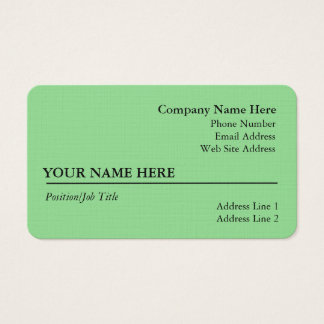
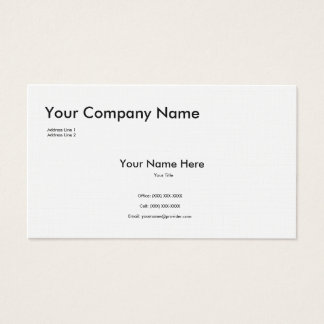
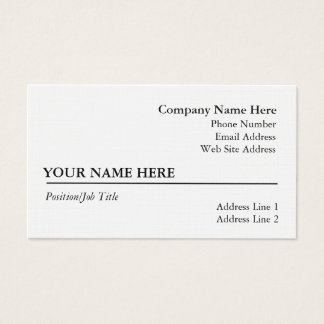

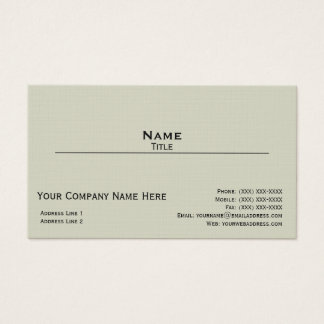
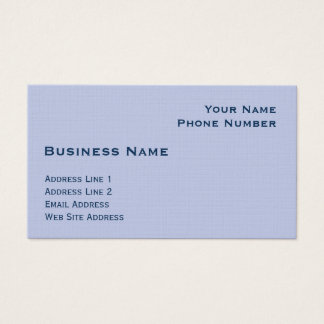

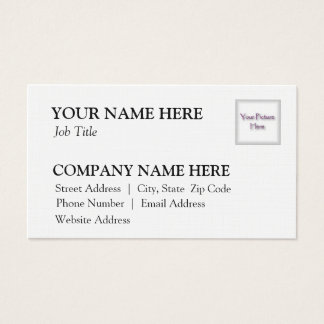
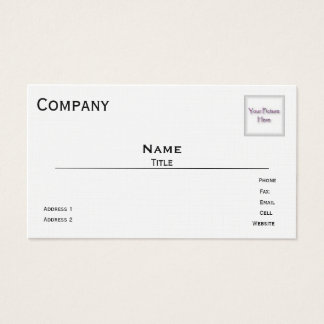
No comments:
Post a Comment